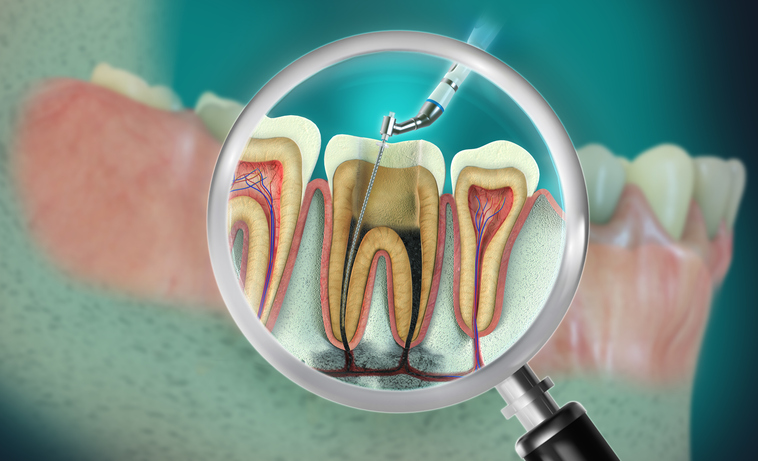
Managing secondary, persistent endodontic infections

Researchers may have uncovered novel biomarkers to detect secondary and persistent endodontic infections.
In a study published in Scientific Reports, the researchers used advanced next-generation sequencing techniques to examine the root canal and subgingival sulcus microbiota present in 30 teeth with secondary and persistent endodontic infections. They collected 90 samples from 25 patients receiving nonsurgical retreatment.
Traditional diagnostic techniques lack the sensitivity and specificity to accurately identify the causative agents of these infections, leading to suboptimal treatment outcomes.
The findings suggested that bacterial migration may occur between the root canals and periodontal tissues. The researchers concluded that identifying the specific oral pathogens that play a critical role in secondary and persistent endodontic infections could help clinicians more accurately diagnose and monitor the progression of the infections.
Read more: Scientific Reports
The article presented here is intended to inform you about the broader media perspective on dentistry, regardless of its alignment with the ADA's stance. It is important to note that publication of an article does not imply the ADA's endorsement, agreement, or promotion of its content.